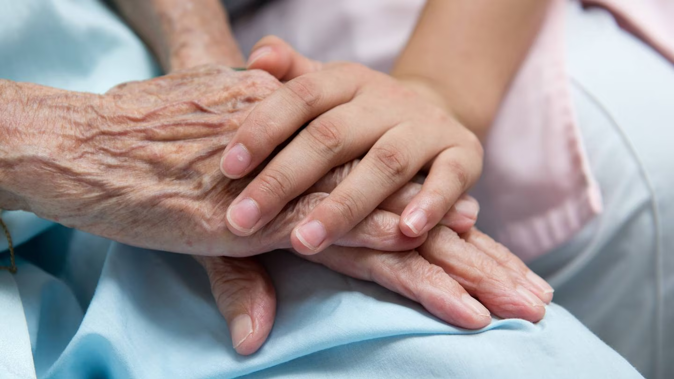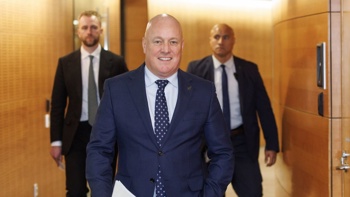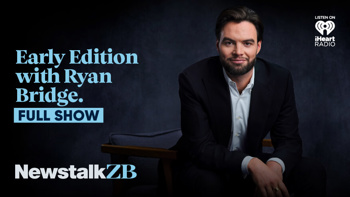
The new Government faces a fiscal challenge in the health system potentially worth hundreds of millions - one that the next Prime Minister, Christopher Luxon, has pledged to fix.
The issue is pay parity between health staff, mainly nurses. Nurses directly employed by the state through Te Whatu Ora Health New Zealand are paid more than those who work with NGOs and other organisations, like GPs’ surgeries, residential care, and hospices.
The services these staff provide are still largely publicly funded, but funds have not been set aside to fully bridge the gap between what nurses earn inside the public system versus what they earn outside of it. The New Zealand Nurses Organisation (NZNO), the nurse’s union, reckons the problem affects roughly 30,000 staff.
A spokesperson for the NZNO said that depending on what part of the health system the staff were employed in, the pay differential between Te Whatu Ora nurses and non-Te Whatu Ora-employed nurses is between 14 per cent and 25 per cent. They were unable to come up with a figure for how much this would be.
Former Prime Minister Sir Bill English, speaking to the Business Desk and Sharesies’ Shared Lunch podcast, reckoned the cost has been “significantly underestimated”.
“That shortfall could be the thick end of a billion dollars over the next couple of years,” English said.
While increases in health spending of about $1.4 billion a year have been included in Treasury’s pre-election accounting and forecasting exercise, Prefu, setting pay parity has not been given a specific allocation.
/cloudfront-ap-southeast-2.images.arcpublishing.com/nzme/IZHMDTBDEVGTHI6IJC75QDQESI.jpg)
Pay parity affects tens of thousands of health workers. Graphic / NZ Government
Proactively-released Government papers show officials have estimated the cost of bridging the gap, but the exact cost has been withheld.
As Opposition leader, Christopher Luxon backed closing the gap in the Newshub Leaders’ debate.
“Whether it be in aged care, community practices or the DHB equivalent, they should be paid the same,” Luxon said.
The outgoing Labour Government announced $200 million in November 2022 to address the issue.
Andrew Little, the Health Minister at the time, said the funding was “good news for the estimated 20,000 people who will get a pay rise, and for the organisations employing them, which have struggled to keep staff when they can’t afford to pay as much as Te Whatu Ora Health New Zealand is offering”.
“I know this has made it very hard for them to retain nurses,” Little said.
A spokesperson for the NZNO said this funding was “only intended to meet 95 per cent of the interim Te Whatu Ora pay equity rates”.
“This funding only provided uplifts for nursing pay increases and did not provide any funding for non-nursing roles such as health care assistants,” they said.
The spokesperson said the gap between Te Whatu Ora staff and non-Te Whatu Ora staff has widened further after this year’s full pay equity settlement for Te Whatu Ora staff and negotiation of a new collective agreement.
Thomas Coughlan is Deputy Political Editor and covers politics from Parliament. He has worked for the Herald since 2021 and has worked in the press gallery since 2018.
Take your Radio, Podcasts and Music with you









